Have you ever noticed which inherited genetic traits are passed down through the generations in your family? You might not see them at first, but once you notice the patterns and similarities running through your family tree, they’re obvious. Maybe your family is full of procrastinators, or the same nose shows up in every generation. Perhaps there are many lawyers on your father’s side, or your wanderlust harkens back to those cousins who moved every few years.
It’s in these genetic traits that our stories come to life and the line between the past and present blurs. For some families, it only takes a quick glance at the family tree to see the influence of past generations.
Wife-husband Nobel Recipients
Not only is the Marie Skłodowska Curie and Pierre Curie family tree full of scientists, but it also has several Nobel Prize recipients, including two-time winner Marie Curie. And while there are other families who’ve earned Nobel Prizes, they’re the only one to have two sets of husband-wife award winners: Marie and Pierre Curie in Physics for the discovery of radioactivity (1903), and their daughter Irène Joliot-Curie and son-in-law Frédéric Joliot in Chemistry for their synthesis of new radioactive elements (1935).
Both couples met through their work. Marie and Pierre were introduced by a mutual friend, Polish physicist Józef Wierusz-Kowalski. Marie was looking for laboratory space and Pierre, as head of the physics lab at the Municipal School of Industrial Physics & Chemistry, had some available. Irène and Frédéric Joliot-Curie got to know each other at the Radium Institute, where she was studying the two elements her parents had discovered, radium and polonium, and he was working as Marie Curie’s assistant. Likewise, Irène and Frédéric’s daughter, nuclear physicist Hélène Langevin-Joliot, met her physicist husband Michel Langevin while they were both students at the School for Physics and Chemistry. (In a strange coincidence, Michel Langevin also happens to be the grandson of Paul Langevin, a former doctoral student of Pierre Curie’s and brief romantic partner of Marie’s after Pierre died in a horse-drawn cart accident.)
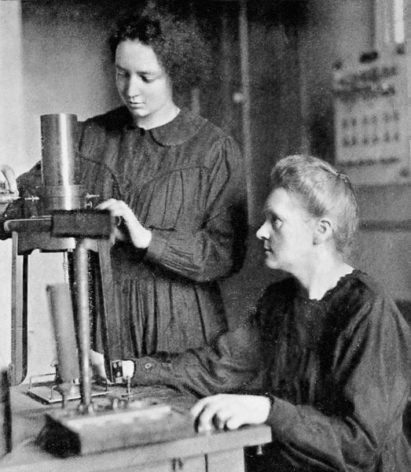
Marie Curie and her daughter, Irene (Circa 1925)
Scientific Descendants
The majority of Marie and Pierre’s descendants have had distinguished, if not prominent, careers in their chosen fields. In addition to scientists, there were also quite a few physicians and mathematicians in the Skłodowska and Curie families. Most relatives in recent generations, however, have stuck with science. Almost all of Irène and Frédéric’s direct descendants are scientists.
When genetics and environment are so intertwined, it’s difficult to say what is the primary motivation. Was a career in the sciences an inherent desire? Or perhaps it was the result of being good at a subject, or the expected thing to do (or some combination of the three). Here’s what Hélène had to say when asked about her interest in science during an interview:
I was a very good student at mathematics and science. I had the feeling that science was something interesting when I heard my parents speaking about it. My mother, especially, gave me the feeling that you didn’t need to be a genius to become a researcher. That was very encouraging. I would otherwise have chosen to do something completely different.
A love of learning was at the heart of the family’s success. Both Marie and Pierre came from well-educated families — Marie’s mother taught languages, and her father was a math and physics professor, while Pierre’s father and grandfather were both physicians (Marie’s sister and brother also become physicians) — often studying at home. Marie’s father read books and poetry to Marie and her siblings and frequently gave them math problems to solve, a tradition Marie continued with her own children. Instead of formal schooling, Pierre was taught by his mother, father, older brother and private teachers. Marie and her scientist/professor friends set up a similar arrangement for their children, including Marie’s daughters Irène and Ève, who for two years studied mathematics, chemistry, literature, history, and physics under their parents and parents’ colleagues.
Family Exception
Ève was a notable exception to the scientist-physician-mathematician rule, though, like the rest of her family, she was very successful. An accomplished pianist, music critic, and journalist, Ève also wrote Madame Curie, a biography about her mother. The bestselling book was eventually made into a popular movie.
While Ève didn’t share a love of the sciences with her mother and sister, she was just as determined as they were to lead lives of their own making. She refused to conform to gender roles that still linger and inhibit women today. As a war correspondent during WWII, she often reported from the front lines in Africa and Asia. She married American diplomat Henry Labouisse later in life. Ève went on to do humanitarian work with UNICEF when Henry became general director of the organization. He was also the head of UNICEF when they won a Nobel Peace Prize in 1965. Ève liked to joke that everyone in her family had won one but her.
Not following in her mother’s footsteps saved Ève from an early death. Marie and Irene both died from prolonged exposure to radiation. Ève lived to 102, about which she often felt guilty.
What genetic traits run in your family? To whom are you most similar? With whom are you most different?
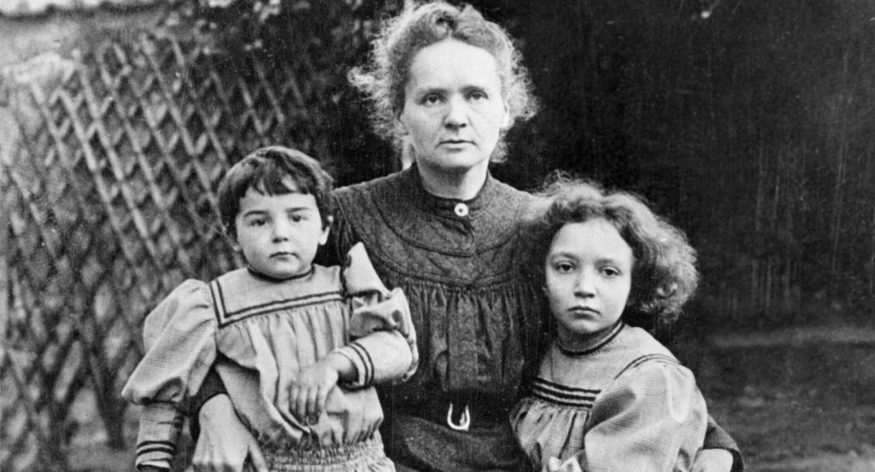


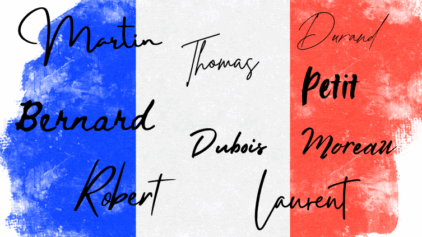





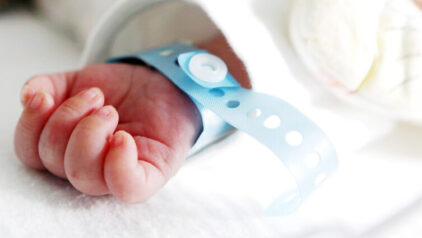
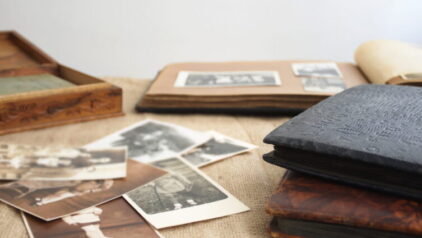
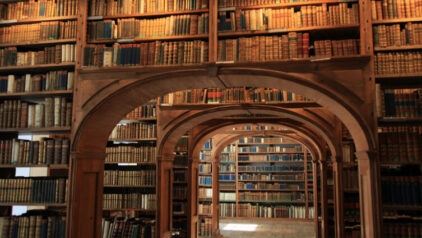
Jo Henn
September 4, 2018
I don’t know if it’s a genetic trait, but all the women in my family with Henn side blood would be perfectly happy living in a world that allowed us to sleep from 2:30 AM to 10:30 AM. Unfortunately, as none of can find a job that supports that schedule we’re all chronically underslept! OTOH, I have wonderfully interesting conversations with my Aunts and cousins via social media at 1:00-2:00AM on a regular basis. (We were just talking about this last night and whether it’s a sex/gender-linked genetic trait in our family, that’s why I thought of this first. I’m sure there are other things but I’m operating on less than 5 hours sleep today.)